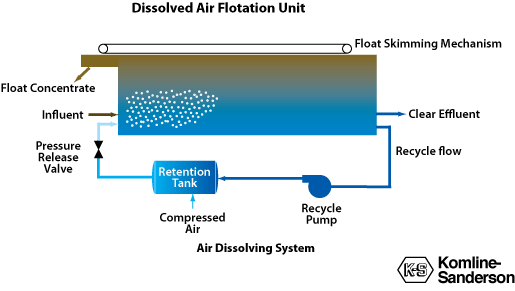Mosquito2023
Industrial
- Jan 15, 2023
- 4
Hi, I am testing different water treatment innovations for plant growth and plant health.
I asked this question to various people: what would be a good way to inject nanobubbles of molecular hydrogen in water ? some people first told me hydrogen gas would be too instable.. other told me water electrolysis can generate nanobubbles of hydrogen. Other told me: just use the a wet cell, collect the gas, and use a nanobubble generator: so I wrote to several manufacturers of nanobubbles: many claim to have the smallest, most stable nanobubbles ( it is said that under 10 nm they can be stable). But when I ask " could I use molecular hydrogen gas in a nanobubble generator, the responses are vague " we never tried.." etc. Would any body have a suggestion on one equipment that would produce hydrogen nanobubbles in water ? thanks if somebody have "experience" in this domain, and not just "judgements": I want to clarify if there is any sense to dig into such solution.
I asked this question to various people: what would be a good way to inject nanobubbles of molecular hydrogen in water ? some people first told me hydrogen gas would be too instable.. other told me water electrolysis can generate nanobubbles of hydrogen. Other told me: just use the a wet cell, collect the gas, and use a nanobubble generator: so I wrote to several manufacturers of nanobubbles: many claim to have the smallest, most stable nanobubbles ( it is said that under 10 nm they can be stable). But when I ask " could I use molecular hydrogen gas in a nanobubble generator, the responses are vague " we never tried.." etc. Would any body have a suggestion on one equipment that would produce hydrogen nanobubbles in water ? thanks if somebody have "experience" in this domain, and not just "judgements": I want to clarify if there is any sense to dig into such solution.

